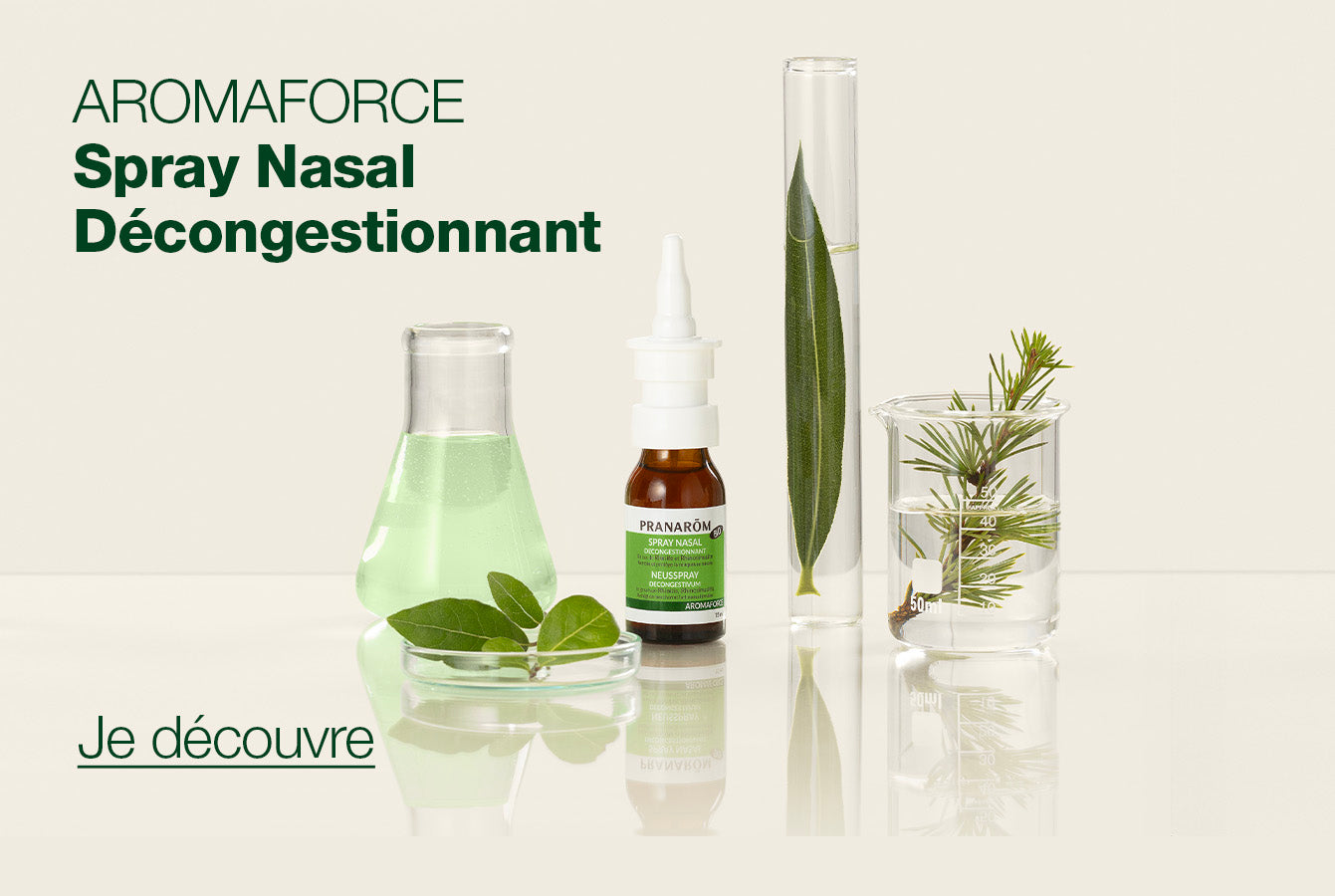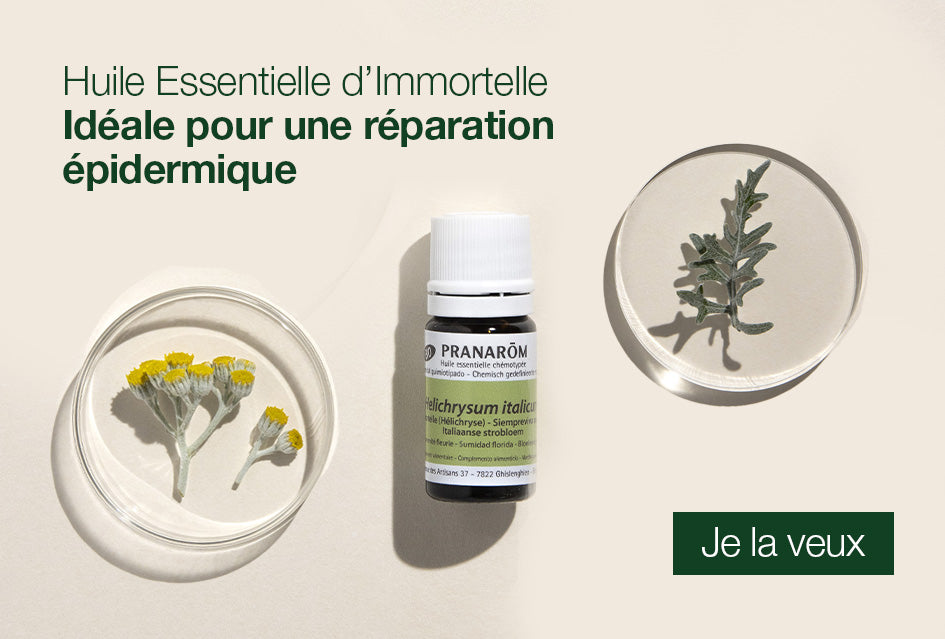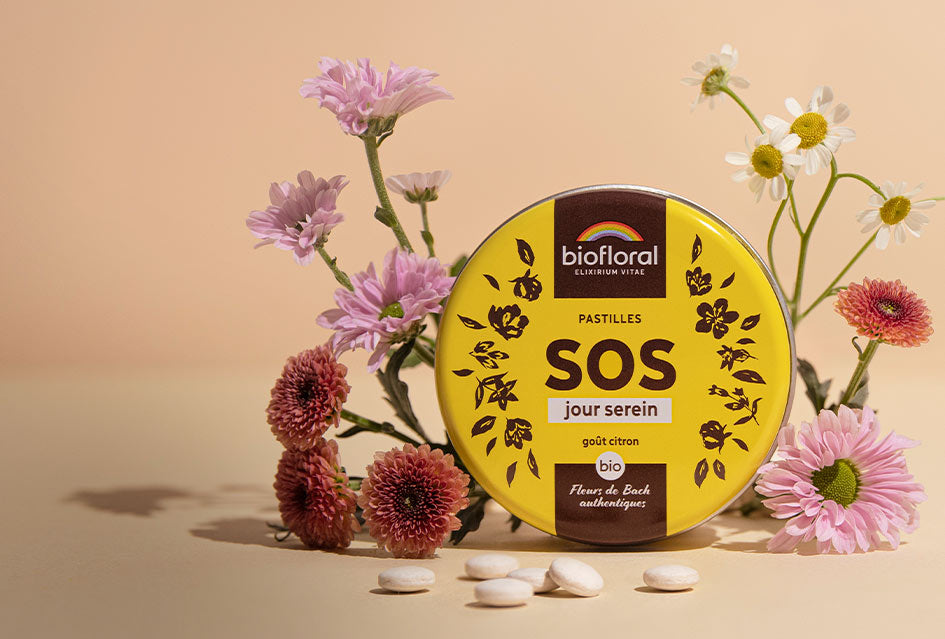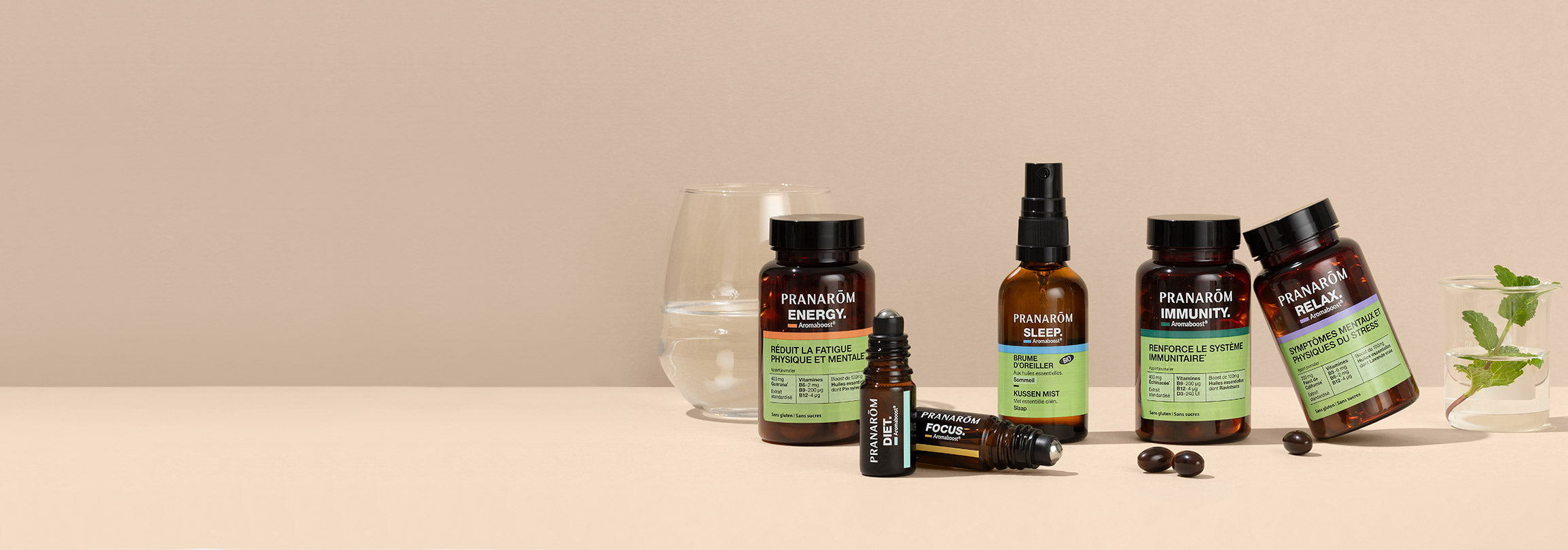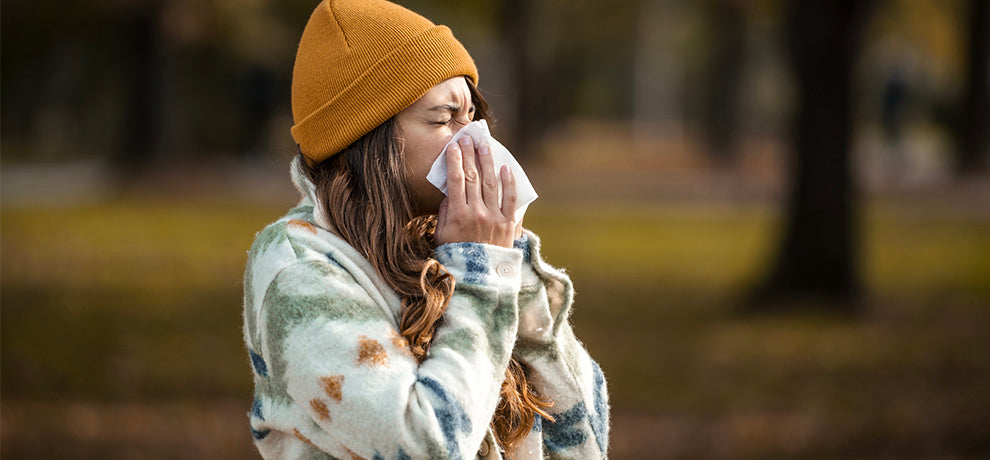It's fashionable these days in the conventional cosmetics industry to decry essential oils and denounce their allergenic potential. Many scalded users now claim to be allergic to essential oils. But are they really?
For many years, essential oils have proved their wonderful affinity with the skin and their beneficial effect on health. Did you know that aromatherapy was discovered by René Maurice Gattefossé at the beginning of the 20th century when he dipped his badly burnt arm in a bath of pure lavender essential oil?
Noting the rapid healing of his burn, he concluded that the Essential Oil had a reparative and anti-inflammatory effect. Since then, thousands of scientific studies have reported on the healing power of certain Essential Oils. So the question is: which Essential Oil are we talking about when we say we're allergic? Is it a good quality Essential Oil, controlled by a pharmaceutical laboratory? Has it been biochemically defined? Most of the Essential Oils that have caused allergies have been of poor quality: cut with alcohol or ethanol or denatured.
There is now an official list of allergens published by the European authorities, which includes many components of essential oils: linalool, limonene, etc. These allergens have been listed as such following in vitro tests on isolated molecules. No large-scale tests have been carried out on complete Essential Oils of botanically and biochemically defined quality.
This list is therefore mainly a theoretical warning against allergenic substances when consumed in isolation. But this is never the case with Essential Oils, which are made up of dozens of molecules acting harmoniously in synergy.
So why have you perhaps experienced an untoward reaction after using a cosmetic product containing Essential Oils? You are probably hyper-reactive to one of the product's components (perfume, alcohol, Essential Oil, preservatives). It may have been a dermo-caustic Essential Oil in too high a dosage.
You should therefore avoid coming into contact with this product. But there's no reason to deny yourself the thousand and one ways of doing yourself good with all the other Essential Oils available. Trust only recognised laboratories, sold in pharmacies, and if possible ask the advice of an experienced aromatherapist or consult a serious book.
Site header
- TYPE OF SOLUTIONS
- Bestsellers
- Esential oils
- Virgin plant oils
- Food supplements
- DIY boxes and kits
- Hydrosols
- Diffusion
- Ready-to-use solutions
- Essential Oil Pearls
- Essential Oil Diffusers
- See everything
- OUR RANGES
- Aromapouse
- Aromaboost®
- Aromaforce
- Aromalgic
- Aromapic
- Digestarom
- PranaBB
- Allergoforce
- Oléocaps+
- Circularom
- See all ranges
- NEEDS
- Sleep and relaxation
- Immunity and well-being
- Digestion and transit
- Breathing - ENT
- Joints and muscles
- Baby and maternity
- Detox and slimming
- Women's comfort
- Urinary comfort
- Allergies
- See all needs
- PRANARŌM
- The Pranarom laboratory
- Scientific Research
- THE SCIENCE OF ESSENTIAL OILS
- Distillation of Essential Oils
- The Virgin plant oils
- Hydrosols
- Diffusion of Essential Oils
- THE INULA GROUP
- Our Reason for Being
- Our engagements
- Our reason for being
- PINK OCTOBER
- Pranarōm commits to Pink October


